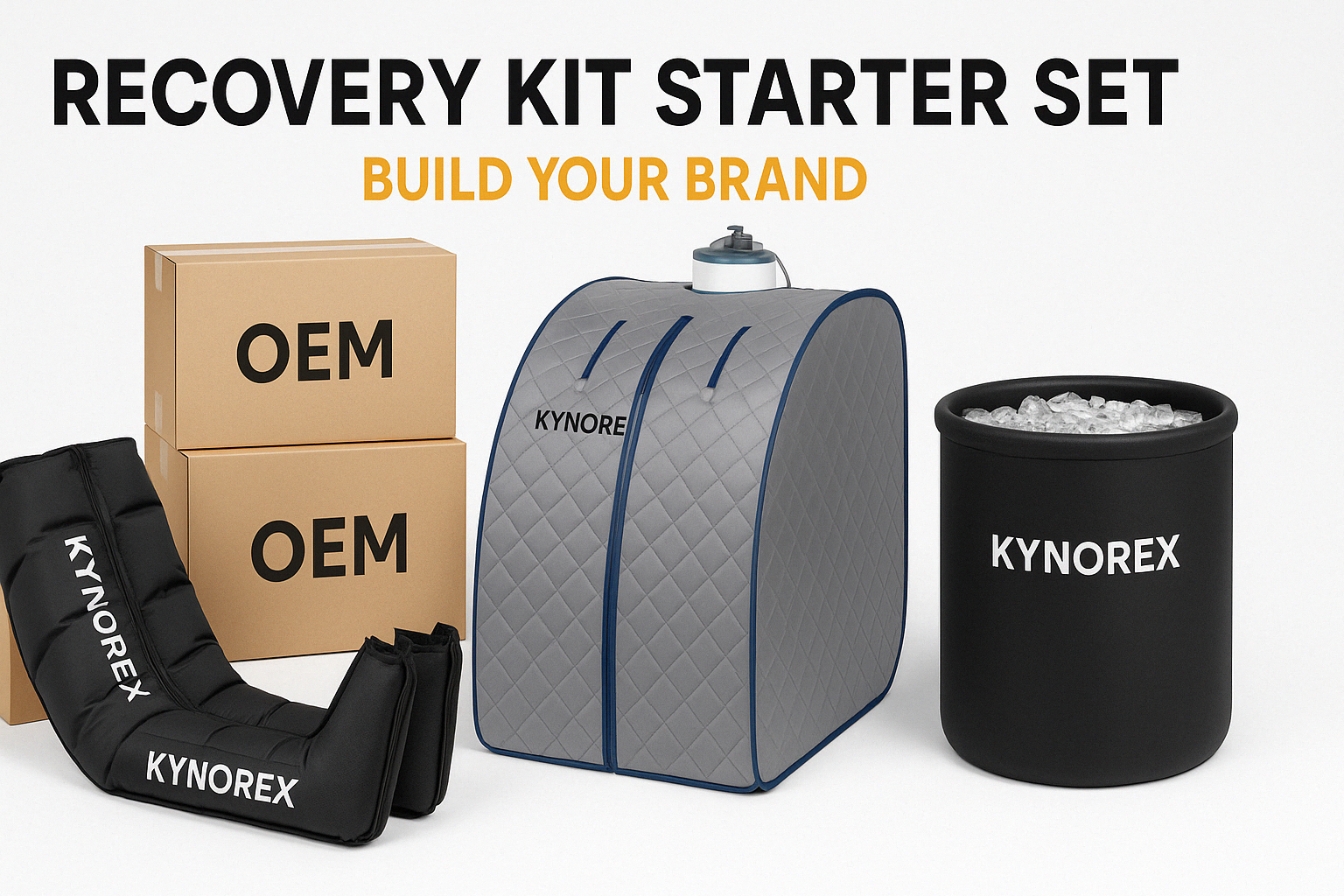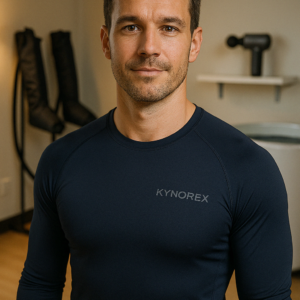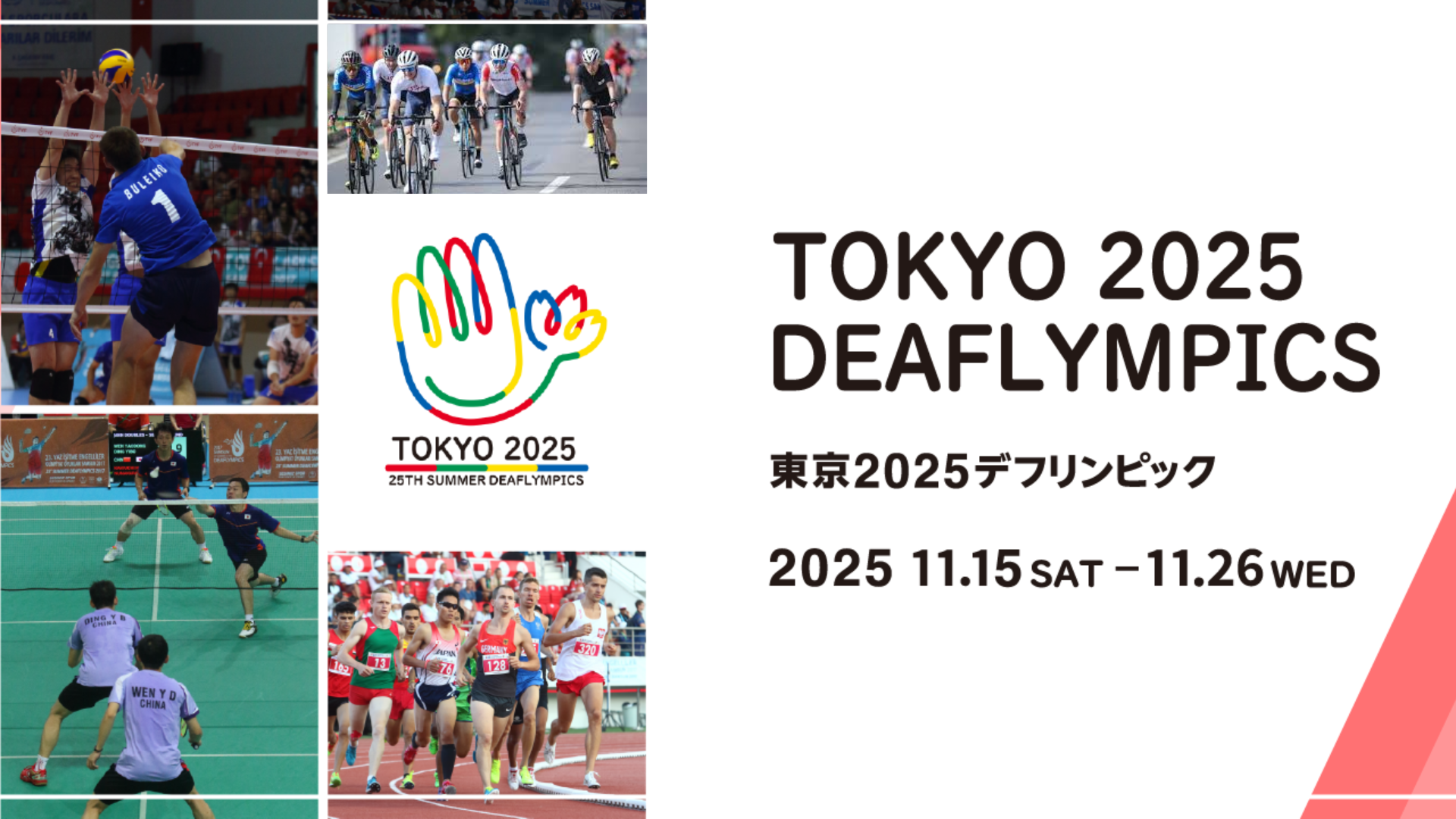Introduction
When you’re in the B2B recovery equipment market, choosing the right manufacturing model can significantly impact your brand’s growth, product quality, and market positioning. Whether you’re a new distributor, an established fitness brand, or an e-commerce store, understanding OEM (Original Equipment Manufacturer) and ODM (Original Design Manufacturer) is critical.
In this article, we’ll break down both models and help you decide which is the best fit for your business needs, allowing you to scale smarter and build long-term success.
1. What Is OEM (Original Equipment Manufacturer)?
OEM refers to a manufacturing model where you partner with a supplier to build products based on your own designs or specifications. The supplier is responsible for production, but the design, branding, and sometimes the technical specifications come from you.
Key Features of OEM:
- Custom Design Control: You own the product’s design (e.g., logo placement, color scheme, technical functions).
- Branding Flexibility: Complete control over product branding, from packaging to manuals.
- Cost Control: While the production cost might be higher upfront, you control the margins and pricing structure.
- Exclusivity: With OEM, your brand can own unique features and designs that competitors don’t have.
2. What Is ODM (Original Design Manufacturer)?
ODM refers to a model where you partner with a supplier who already has a pre-designed product that you can customize with your branding. The supplier typically owns the design and makes improvements based on your feedback.
Key Features of ODM:
- Pre-designed Products: You don’t need to create a design from scratch. The supplier offers a range of products with established features.
- Faster Go-to-Market: ODM allows you to launch products faster as the design and production are already in place.
- Lower Upfront Costs: Because the supplier owns the design, you typically pay less to bring the product to market.
- Customization Options: While you can change elements like logos, packaging, and colors, the core product design remains with the supplier.
3. OEM vs ODM: Which Is Right for Your Business?
Choosing between OEM and ODM depends largely on your business’s stage, needs, and resources.
| Criteria | OEM | ODM |
|---|---|---|
| Design Ownership | Full ownership | Supplier-owned design |
| Customization | High (full control) | Moderate (logo/packaging) |
| Cost | Higher initial cost | Lower initial cost |
| Development Time | Longer (up to 6 months or more) | Shorter (1–3 months) |
| Branding | Full control | Limited (logo/packaging) |
| Risk | Higher (but exclusive) | Lower (no need to design) |
| Profit Margins | Potentially higher | Lower margins, faster turnover |
When to Choose OEM:
- If you’re aiming for brand exclusivity, unique product features, and a long-term competitive advantage.
- If you have the resources to handle product design and quality control.
- If you want to sell at a premium price and build a high-margin product line.
When to Choose ODM:
- If you’re looking for quick market entry with minimal upfront investment.
- If you don’t have the design resources but still want to offer custom branding.
- If you want to test the market with lower risk and shorter product development time.
4. How Kynorex Supports Both OEM & ODM Models
At Kynorex, we understand that every B2B client’s needs are unique. That’s why we offer both OEM and ODM options to help you scale the right way:
- OEM (Custom Solutions):
If you’re looking to build your own brand with exclusive features, we work closely with you to ensure that every aspect of the product reflects your vision. Our engineering and design teams help develop and deliver fully tailored solutions. - ODM (Quick Launch):
If you need to launch quickly or prefer a proven product with the option to customize branding and packaging, our ODM services offer the perfect balance. Choose from our portfolio of pre-designed recovery devices and bring your branded product to market in no time.
Pro Tip: Start with ODM to build your brand and grow fast, then consider switching to OEM as your product line gains traction and customer loyalty.
5. Case Study: Kynorex’s Successful Partnerships in OEM & ODM
Let’s look at a real-world example:
Case Study 1: A well-known fitness chain in Europe launched their own line of compression boots using Kynorex’s OEM service. The product featured custom air chambers and exclusive branding, helping the fitness chain command a premium price point.
Case Study 2: A leading online wellness retailer in North America chose Kynorex’s ODM service to launch their own brand of portable steam saunas. They customized the tent color, logo, and packaging while leveraging the proven performance of Kynorex’s design.
Conclusion: Choose the Right Manufacturing Model to Scale Smarter
Both OEM and ODM offer great opportunities, but understanding the trade-offs and long-term vision is key. At Kynorex, we help you evaluate your resources, goals, and market demands to choose the right manufacturing model for your brand.
Whether you’re ready to invest in exclusive, high-margin products with OEM or need to scale quickly with ODM, we’re here to guide you every step of the way.




